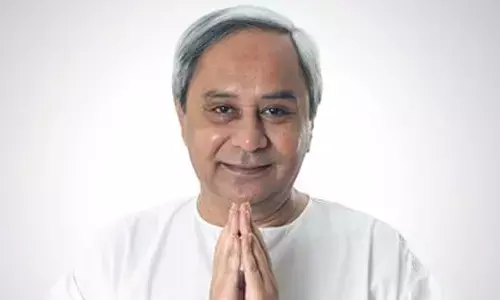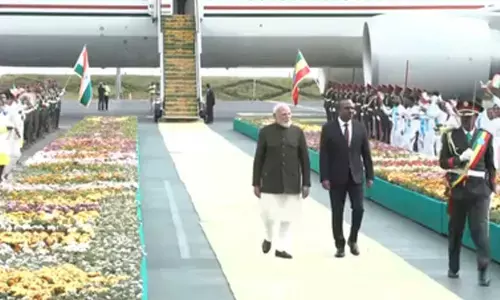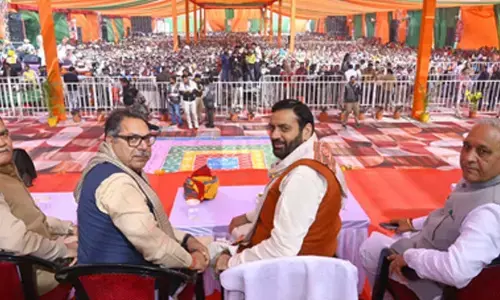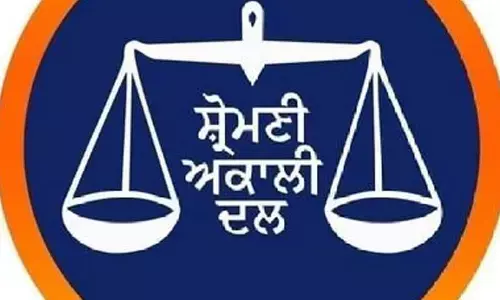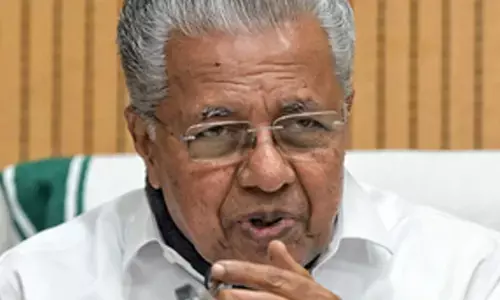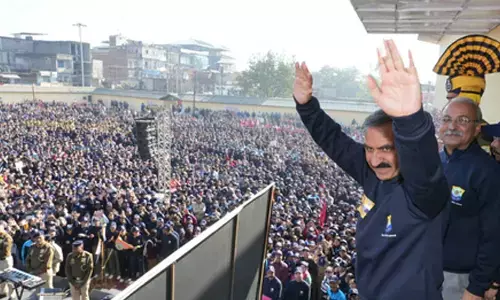Faster job creation key to a faster economy
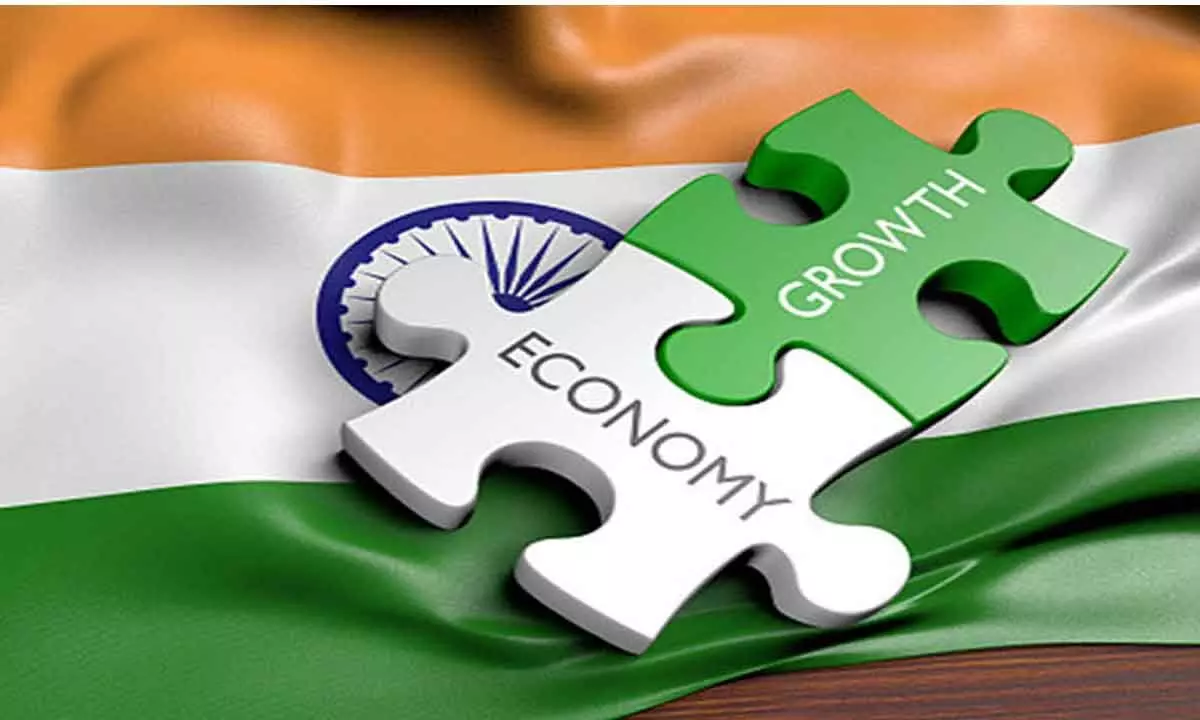
Prime Minister Narendra Modi on October 12 said employment creation in India reached a new height and unemployment rate was at its lowest level in the last six years
Prime Minister Narendra Modi on October 12 said employment creation in India reached a new height and unemployment rate was at its lowest level in the last six years. Contrast this with the opinion of economists. Recently, some of them observed that though employment scenario turned better post the devastating pandemic, it is not yet at a level that can steer India to become a developed nation that abounds in highly skilled jobs.
According to Annual Survey of Industries (ASI) reports, the share of wages in the total input costs has been visibly low (varying between 2-3 % over the years). There is near unanimity that India’s economic growth is producing much fewer jobs than it used to before the pandemic. The unemployment rate is lower for all education levels, but worryingly high for graduates, found a university study. Self-employment is also decelerating and pace is seen only in contractual jobs such as casual labour, which is worrisome. A huge chunk of workforce thus misses out on social security, paid leave, labour welfare etc.
Quality jobs to a burgeoning labour force have become more immediate than ever. Policies and programmes need to be designed and acted upon earnestly to reverse the situation as job creation is beneficial not only for individuals but also for the economy as a whole. As more people have formal jobs, it results in greater demand for goods and services, which spurs expansion of businesses, which in turn leads to more creation of jobs. As it is, a stubborn inflation is impeding consumer demand.
World Bank President Ajay Banga recently said India must cash in on the ‘China Plus One’ strategy of MNCs seeking to diversify from China amid increasing geopolitical tensions between the dragon country and the west. India has a short window of 3 to 5 years to seize this opportunity, he cautioned. EU, Mexico and Taiwan, even Vietnam, are already benefiting from it. India has to offer better sops as well as a sound eco-system. Bear in mind that it is only ‘China Plus’ strategy i.e., MNCs are only seeking to ‘diversify from’ and not ‘disengage with’ China, which means China, too, can ratchet up the game if it feels the heat. It’s a fierce battle out there for corporate investments.
Labour laws that are seen stifling entrepreneurship must be suspended or done away with, to smooth the way for economic growth. Government must consider the economists’ opinion that labour laws need to be more inclusive, bringing informal workers under ambit, as stronger the pro-worker regulations, greater will be the thrust to industrial output and employment as well. Speeding up reforms is crucial for a nation of billion people to become world’s thirst largest economy in a couple of years and set out on the course to a developed economy status.
PM Modi rightly stresses on skilling, upskilling and re-skilling youth and workforce, besides setting up more research and skill development institutions. Pradhan Mantri Kaushal Vikas Yojana trained about 1.5 crore youth for better employment. With the availability of good work force and strong economic impetus, companies can turn to India. Manufacturing’s share of GDP in India can increase from 15.6% currently to 21% by 2031, predict surveys, pointing out the potential. As Morgan Stanley says, this can be surely “India’s decade.”









